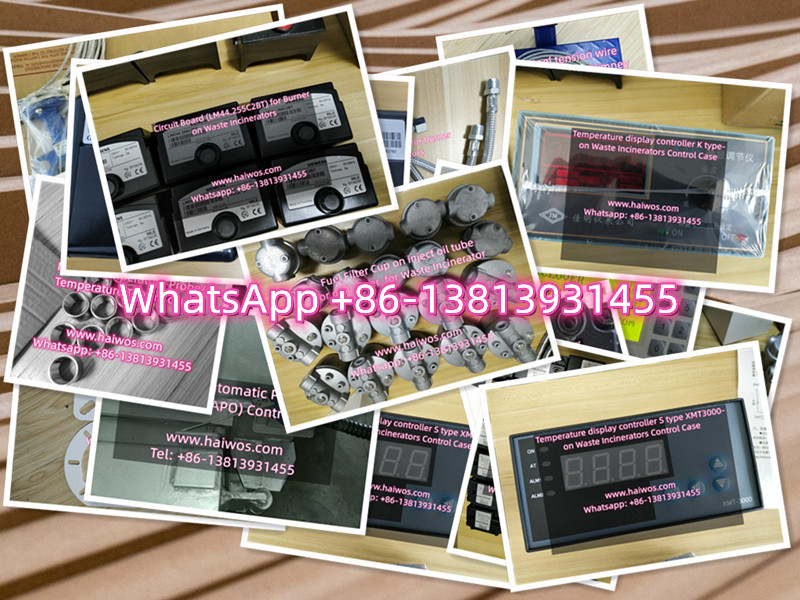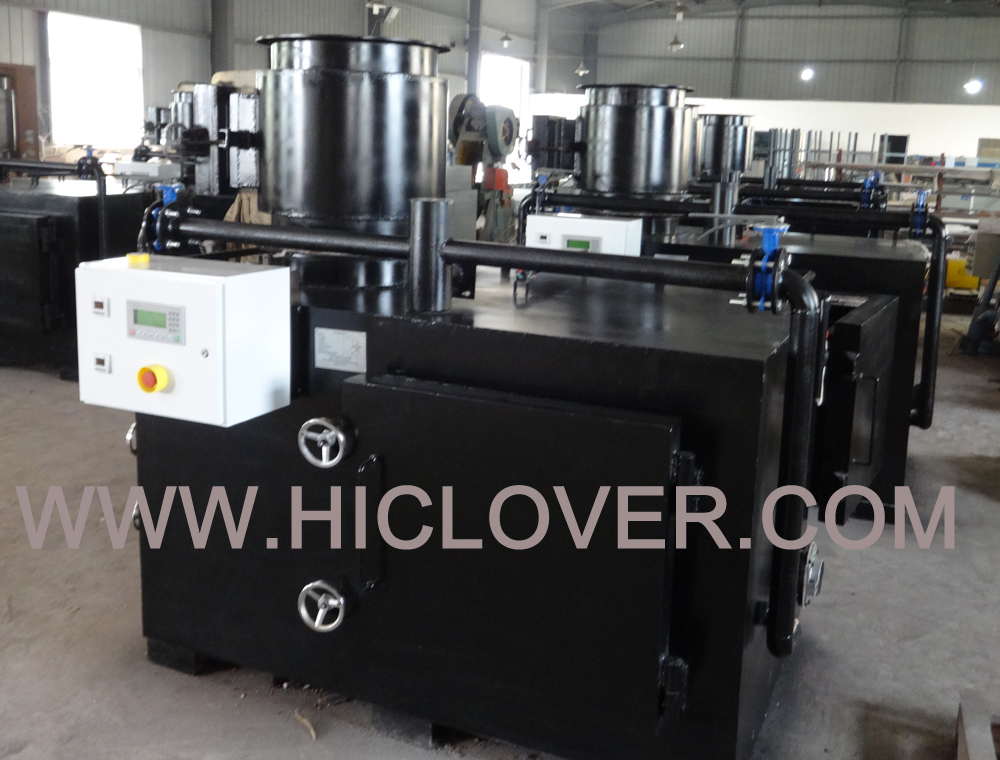Composting is an excellent way to recycle and reduce food waste while also creating nutrient-rich soil for your garden. Turning food scraps into compost is a simple and sustainable practice that anyone can do at home. Not only does it divert waste from landfills, but it also benefits the environment and your garden by adding valuable nutrients to the soil.
If you’re interested in getting started with composting, here’s a step-by-step guide to help you turn your food scraps into nutrient-rich compost.
Step 1: Collect Food Scraps
The first step in composting is to collect your food scraps. This includes fruit and vegetable peels, coffee grounds, tea bags, eggshells, and any other organic material that can decompose. It’s essential to avoid adding meat, dairy, or oily foods, as they can attract pests and create unpleasant odors.
Step 2: Choose a Compost Bin
There are various types of compost bins available, including plastic bins, wooden bins, and even DIY options. Choose a bin that suits your space and needs, and make sure it has proper ventilation and drainage.
Step 3: Layer the Compost
Start by adding a layer of brown materials, such as dried leaves, straw, or shredded paper, to the bottom of your compost bin. Then, add a layer of food scraps on top. Alternate between brown and green materials (food scraps, grass clippings, etc.) to create a balanced compost pile.
Step 4: Keep It Moist
Compost needs to stay moist, but not too wet. Aim for a moisture level similar to a wrung-out sponge. If your compost pile is too dry, add some water. If it’s too wet, add more brown materials to absorb the excess moisture.
Step 5: Turn the Compost
Regularly turn your compost pile to aerate it and speed up the decomposition process. This will help maintain a healthy balance of air, moisture, and organic matter within the pile.
Step 6: Wait and Monitor
Composting is a natural process that takes time. Depending on the size of your compost pile and the materials used, it can take several months to a year for your compost to fully mature. Keep an eye on your compost, monitor its temperature, and make adjustments as needed to ensure a successful composting process.
Step 7: Use Your Compost
Once your compost is dark, crumbly, and has a pleasant earthy smell, it’s ready to use. You can mix it into your garden soil to improve its nutrient content or use it as a top dressing for your plants.
By following these simple steps, you can easily turn your food scraps into nutrient-rich compost that will benefit both your garden and the environment. Composting is a sustainable and eco-friendly way to manage food waste and create valuable resources for your garden. So, start composting today and make a positive impact on the planet.



